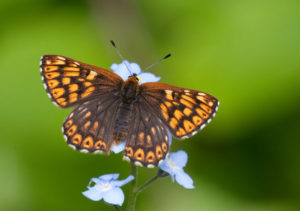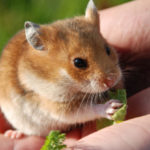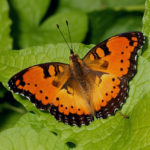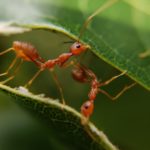How do butterflies mate ?
 Male and female butterflies have external and internal differences in the structure of the abdomen. The cone-shaped abdomen of the male is thinner than that of the female, and sometimes flattened laterally. In female it is fusiform. The abdomen consists of 10 segments, but the male has fully developed 8, and the female has 7 segments: 2 changed segments in the male and 3 in the female form the outer components of the reproductive organs – the genitals.
Male and female butterflies have external and internal differences in the structure of the abdomen. The cone-shaped abdomen of the male is thinner than that of the female, and sometimes flattened laterally. In female it is fusiform. The abdomen consists of 10 segments, but the male has fully developed 8, and the female has 7 segments: 2 changed segments in the male and 3 in the female form the outer components of the reproductive organs – the genitals.
Since the structure of the mating organs, especially their solid parts, is specific for each species, they often allow one to reliably distinguish similar butterflies.
Male reproductive organs and females of the same species, due to their complete mutual correspondence, form a single system according to the principle of “lock and key to it.” This usually prevents the pairing of different, even very close species. In moths of many species the male differs from the female not only in the structure of the reproductive organs but also in the size, shape and color of the wings, and sometimes they are so unlike each other that it is difficult to recognize them as representatives of the same species.
Female butterfly generates and releases special substances – sex attractants (pheromones), which the male catches antennae at fantastically low concentrations in the air. Moreover, the male not only “captures” the attractant in an insignificant concentration, but also determines the direction in which this concentration in the air increases – so he finds the female.



























